News Release
New Sake Rice Milling Technology
July 2, 2020
One of the main ingredients in the brewing Japanese rice wine, Sake, is rice. Throughout its historical development, Sake brewers have taken great efforts to mill the rice in the optimum manner, just perfect for Sake. The first revolution in milling Sake rice came in 1896, when Ri'ichi Satake introduced the first power-driven rice milling machine in Japan. It was 40 times more efficient than man-powered equivalents. Furthermore, in 1908, Ri'ichi invented a new circulation type rice milling machine that prevented the rice from breaking during the process. This invention resulted in the birth of Ginjo, a high premium Sake made with a milling yield of 60% or less, in Japan. Currently, Sake has 2 premium grades, dependent on the levels of milling degree, Ginjo with 60% or less and Dai-Ginjo with 50% or less.
A milling degree of 50% indicates that half of the Sake rice will be milled. Traditionally, the rice is milled to spherical shape so as to leave the center, called spherical milling. This is because delicious sake can be brewed by getting rid of the unwanted outer layer of the rice which is rich in protein and lipid, thereafter utilizing only the pure starch at the center. The longer the protruding part of the rice contacts the grinding wheel, the more the rice is polished and so the more round the rice becomes.
However, the starch in the rice is not spherical in shape. (The shape varies depends on the rice variety). It is in fact more of a saucer shape at the center of the rice. Therefore, it has been known that the ideal method of milling Sake rice was to mill the rice in the shape of starch, referred to as "Low Aspect Ratio milling" or LAR milling that is flat saucer shape milling. With conventional milling machine, it was necessary to mill with a low milling stone rotation speed to prevent the rice from breaking. The process took unrealistically long times meaning that virtually no one in the industry had chosen to use this milling method.
Another revolution took place in 2018. At this time Satake introduced a new milling machine, allowing LAR milling in almost the same processing time as conventional spherical milling. The Satake EDB series milling machines. Sake rice milled to 60% yield with EDB has the same low protein amount as 40% yield rice milled with conventional machinery. In other words, Sake brewed with EDB tastes as good as top premium Dai-Ginjo grade Sake (50% yield or less) even with 60% yield. This will potentially lower the price of premium Sake and revolutionize the economics of the industry.
In recent years, premium Sake has seen a growth of enthusiastic followers in both Europe and the United States. We would be delighted to see the continued increase in the worldwide popularity of premium Sake, a compilation of Japanese traditions and technology.
| Top View | Side View | |
| Brown Rice | 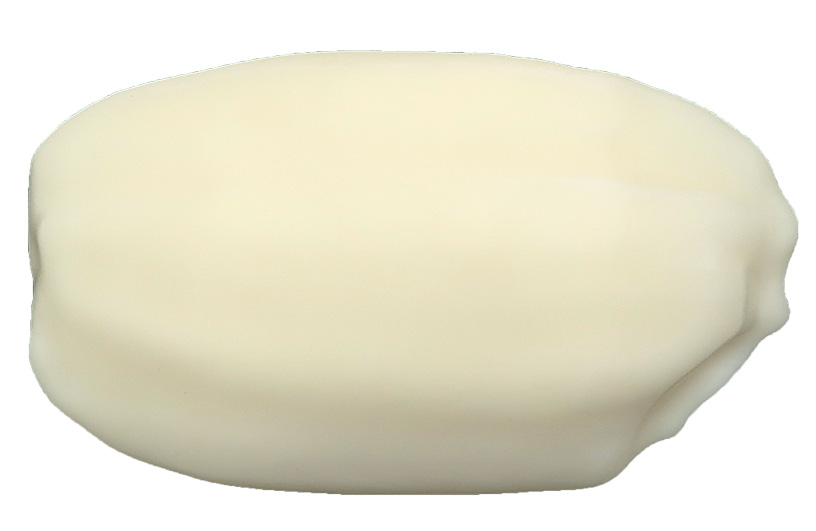 |
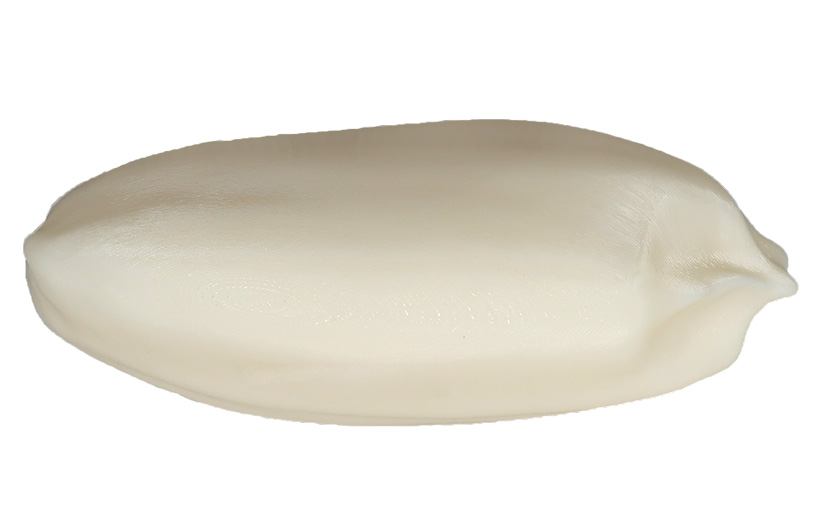 |
| LAR Milling | 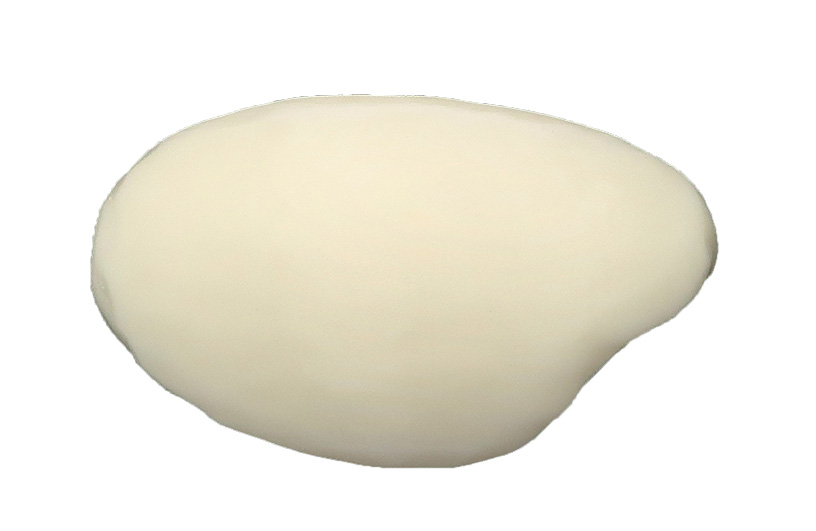 |
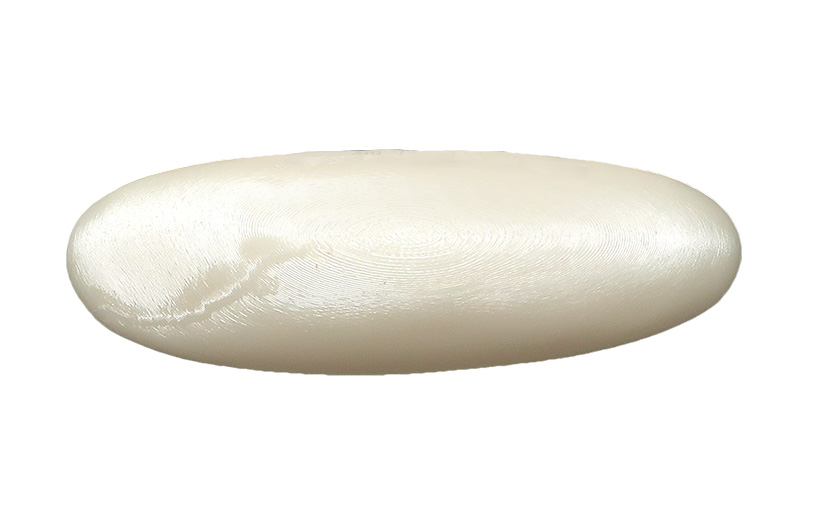 |
| Traditional Spherical Milling | 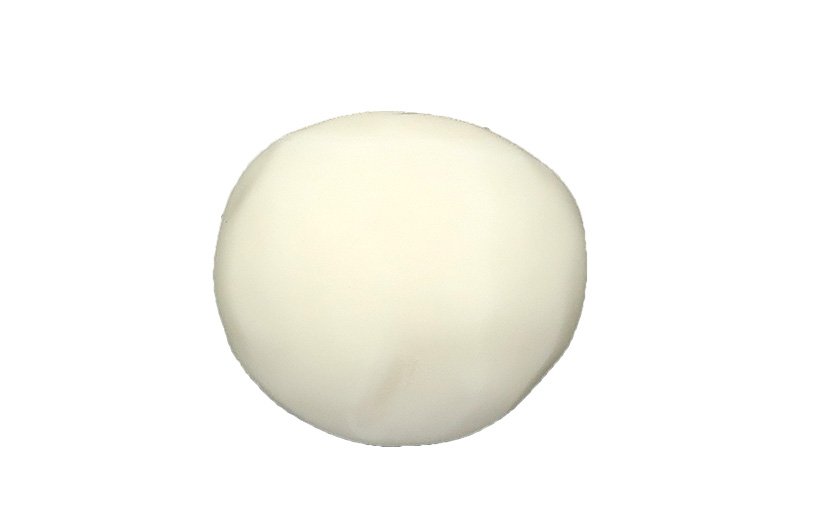 |
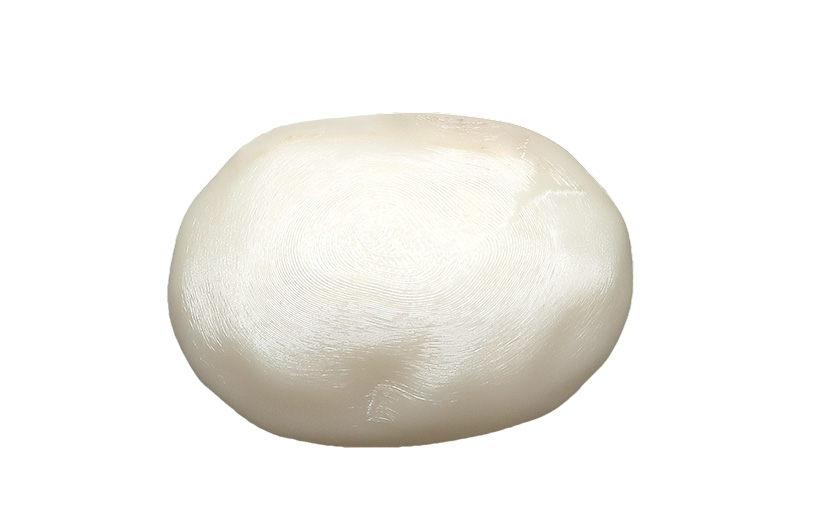 |
| 1/25 scale plastic model |
